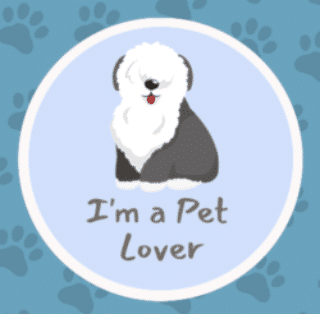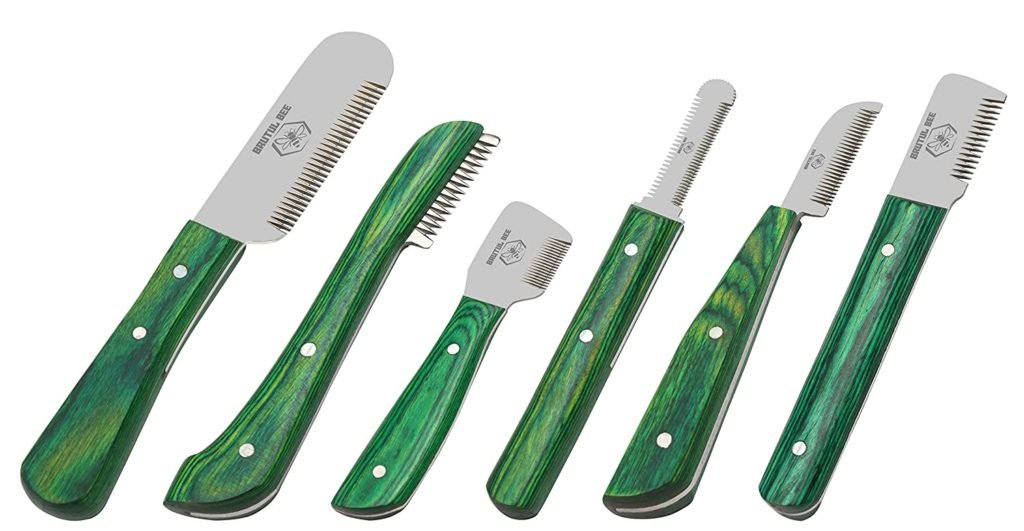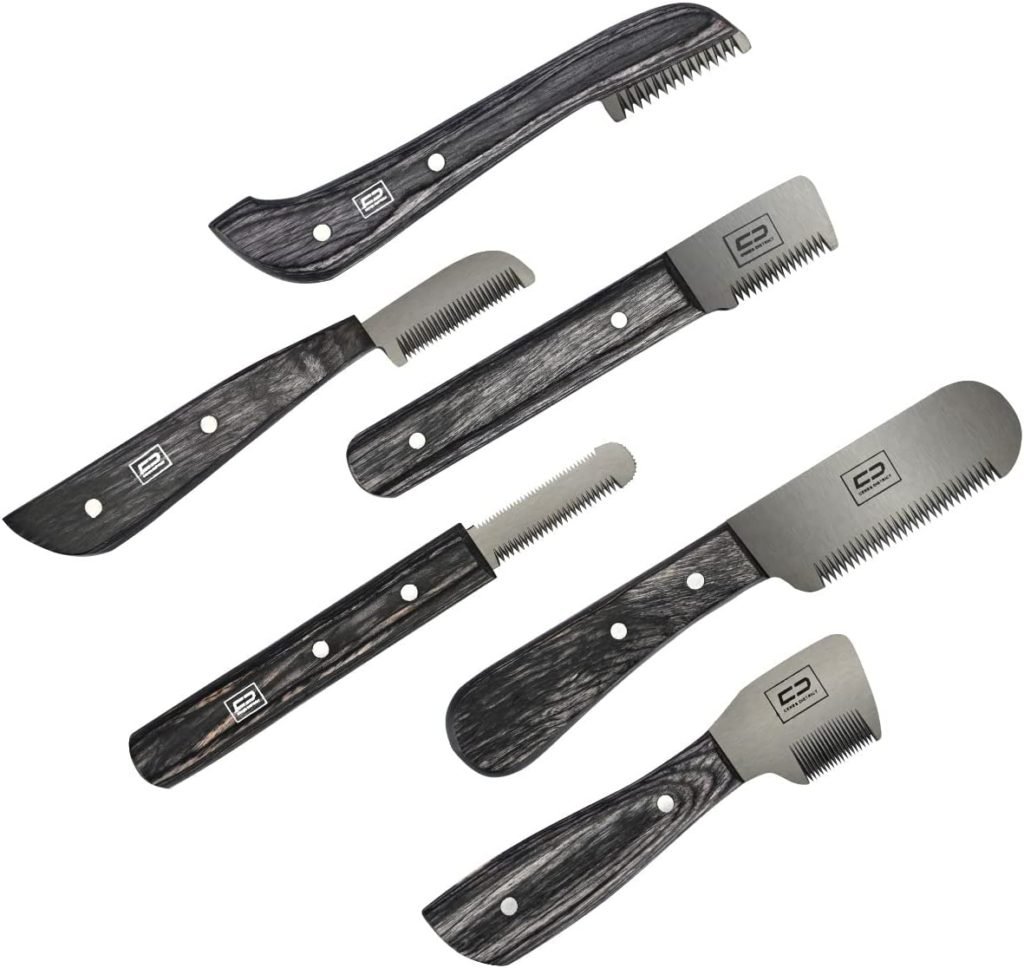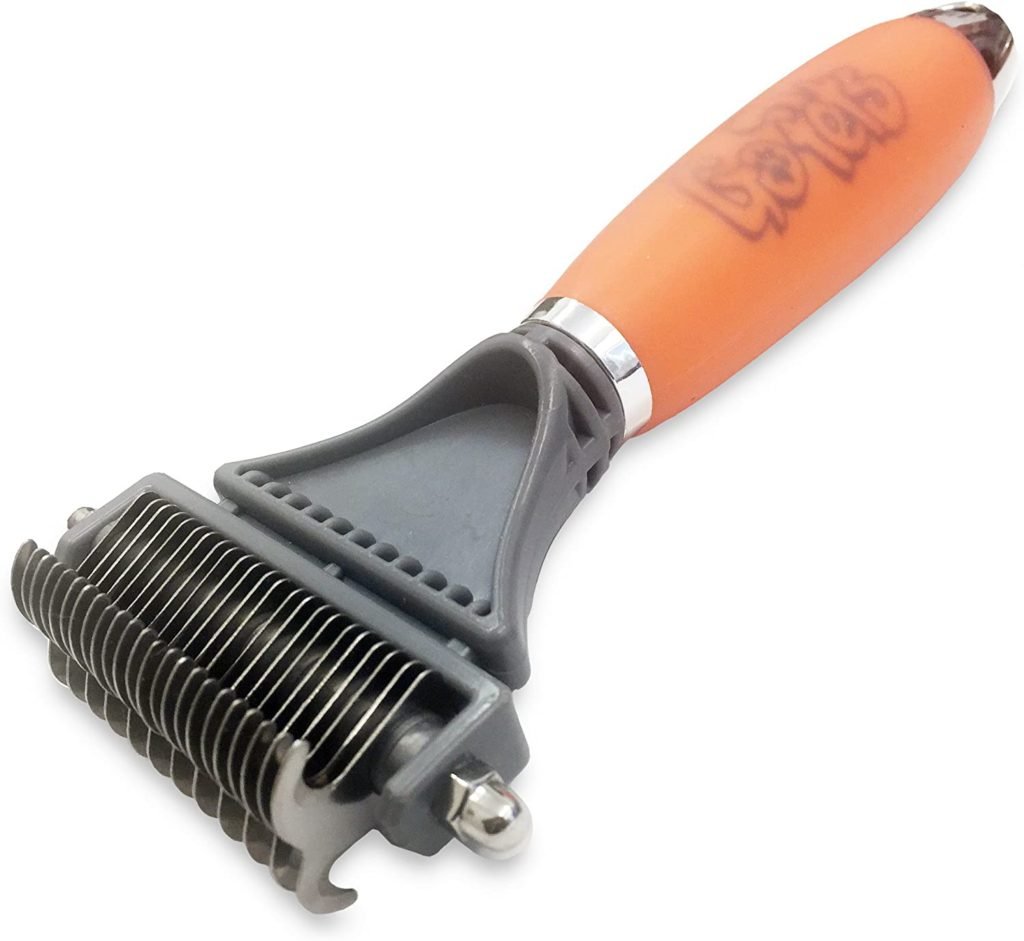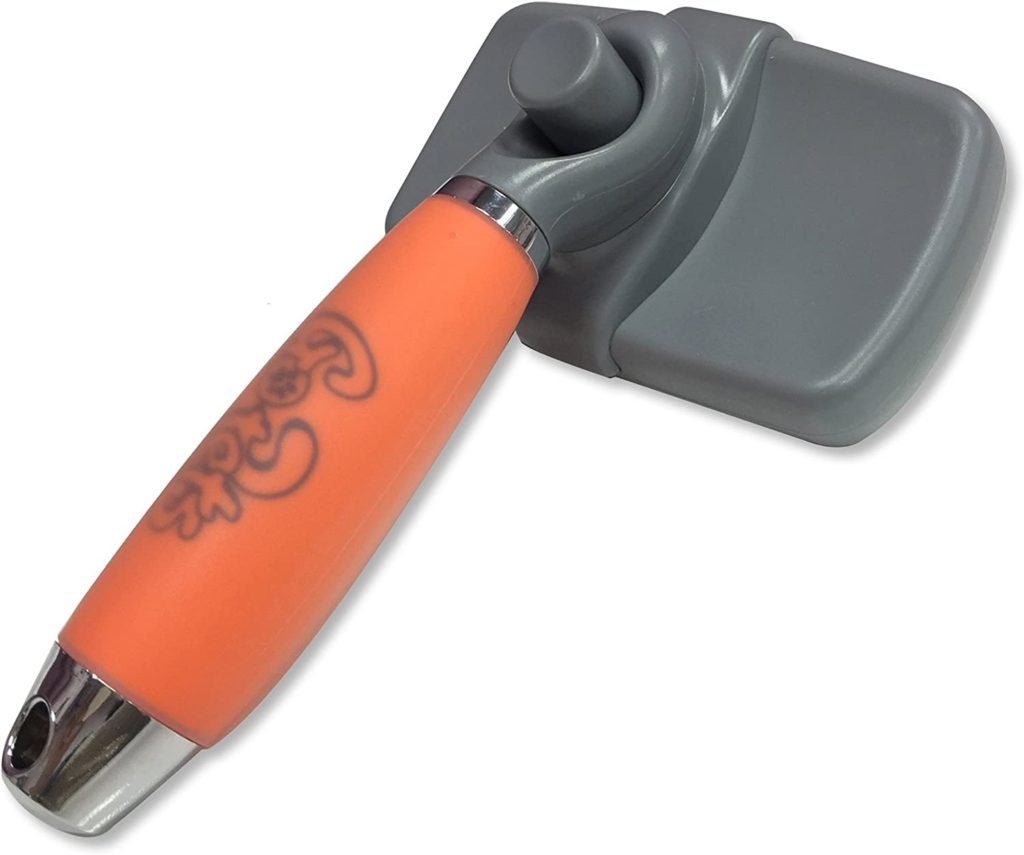Stripping on dogs, also known as hand-stripping or plucking, is a grooming technique that involves removing dead hair from the dog’s coat by hand or with a tool. But what exactly is stripping, and how does it help your dog?
This blog post will explore the ins and outs of stripping a dog’s coat and when it is acceptable. We’ll also go through this grooming procedure’s possible hazards and downsides and alternate strategies for keeping a healthy coat.
Definition of Stripping in Dogs
A stripping knife, thinning shears, or your fingers remove dead hair from a dog’s coat. This procedure stimulates the hair follicles, promoting new growth and maintaining the coat’s natural structure and color. For healthy, tangle-free skin, terriers and schnauzers should be stripped.
You May Also Interest: Don’t Let Fleas Ruin Your Dog’s Health: Here’s How to Prevent and Treat Them
Benefits of Stripping for Certain Breeds
While stripping is unnecessary for all breeds, it can be a beneficial grooming technique for dogs with thick, double-coated breeds. Stripping regulates your dog’s coat length and thickness while preserving its natural texture and color. It can also help to prevent matting and tangles, which can be uncomfortable for your dog and lead to skin irritation.
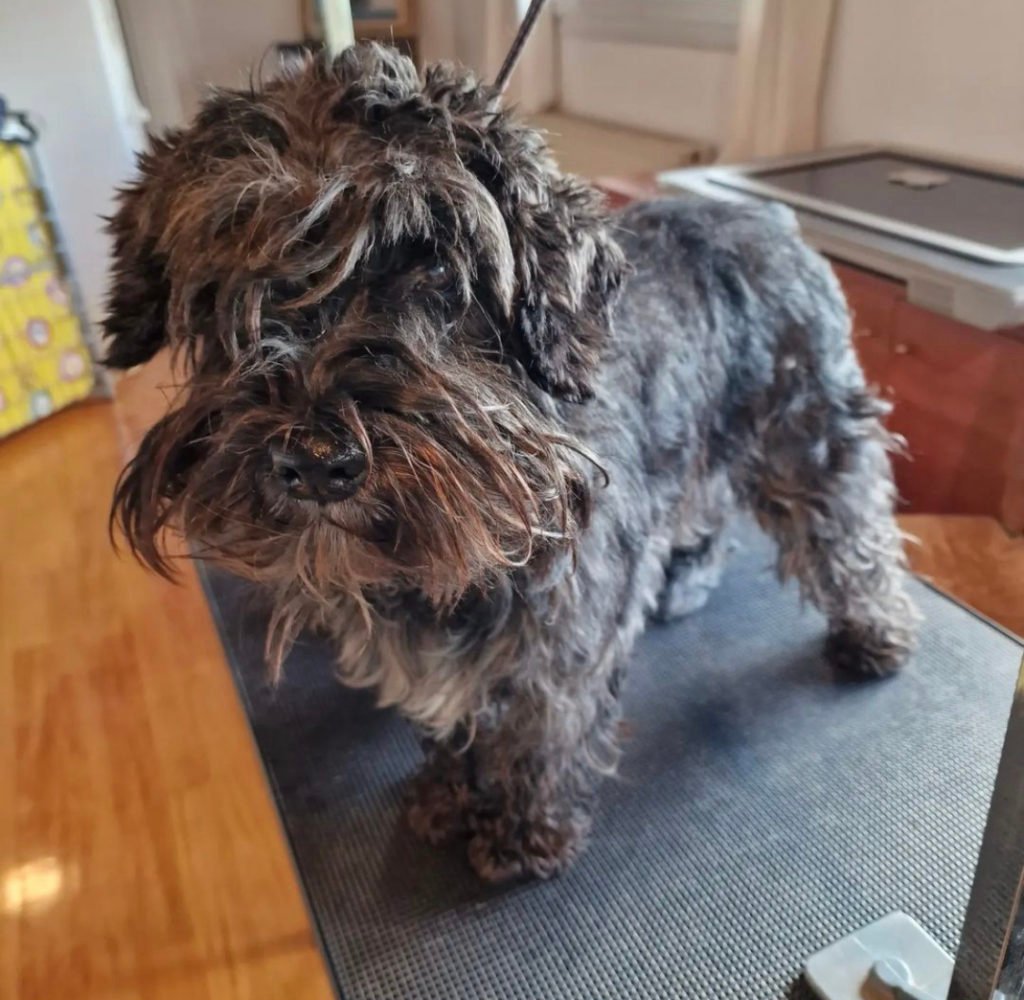
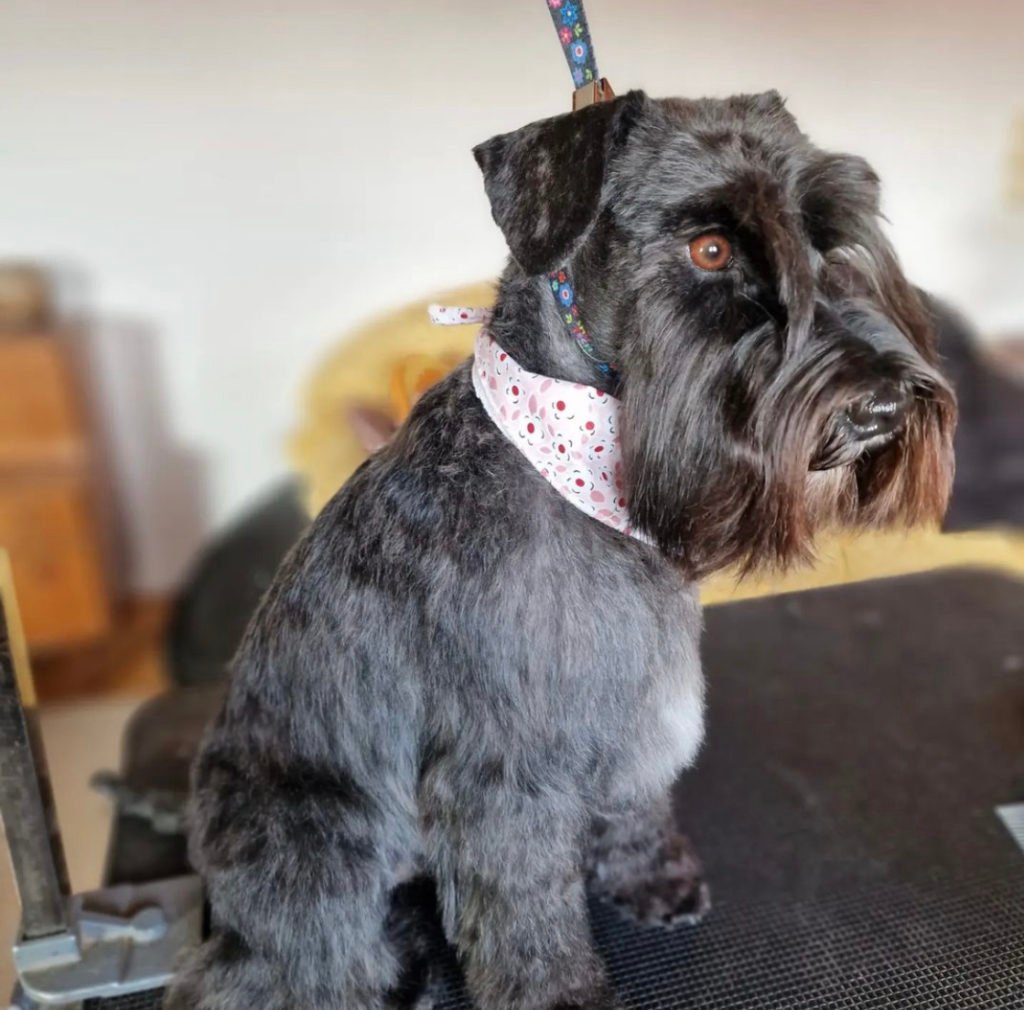
How to Strip a Dog's Coat
If you decide to strip your dog’s coat, gathering the necessary tools and familiarizing yourself with the process is essential. Thinning shears and a stripping knife are the most commonly used tools for this grooming technique. It’s also a good idea to have a slicker brush on hand to help remove any loose hair and tangles.
To begin the stripping process, identify the areas of the coat that need attention. That will include the back, sides, legs, and tail for most breeds. Using thinning shears or a stripping knife, gently pluck or cut the dead hair from the coat. Be sure to use a light touch and avoid pulling too hard, as this can cause discomfort for your dog.
As you work, please pay attention to the direction of the hair growth and follow it as closely as possible. That will help to avoid damaging the hair follicles and encourage healthy new growth.
You May Also Interest: Don’t Ignore Your Dog’s Dental Health: Here’s How to Clean Their Teeth
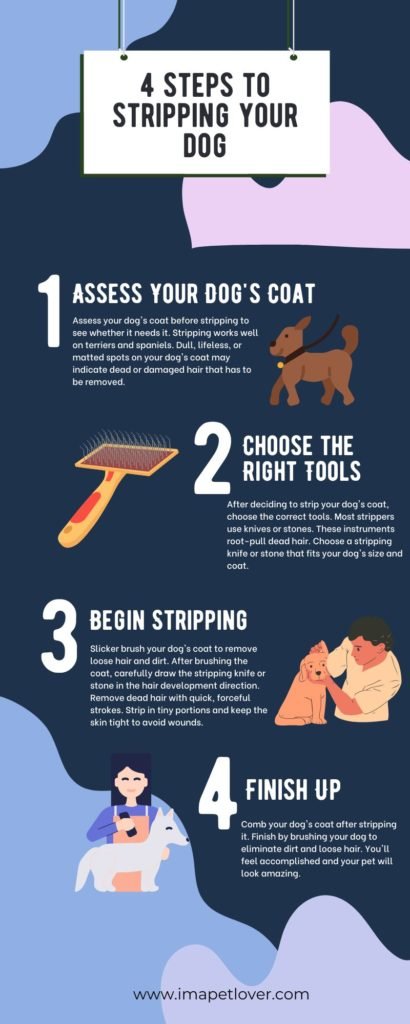
Tips for Maintaining a Healthy Coat During the Stripping on dogs
Here are some tips for maintaining a healthy coat during stripping on dogs process:
- Choose a reputable and experienced groomer: Choose a groomer with experience and a solid reputation to guarantee your dog’s stripping is done correctly and without pain.
- Use the right tools: Use the appropriate tools for your dog’s breed and coat type. Some standard instruments used in stripping include stripping knives, combs, and thinning shears.
- Be gentle: Utilize a light touch when stripping the coat, as pulling too hard can cause discomfort and even injury to your dog.
- Use a moisturizing coat conditioner: After stripping, use a moisturizing coat conditioner to help nourish and protect the coat. That will help prevent dryness and breakage.
- Regularly brush and comb the coat: In between stripping sessions, brush and comb the coat to remove tangles, mats, and loose hair. That will help maintain a healthy and clean coat.
- Monitor your dog’s skin: Keep an eye on your dog’s skin during the stripping process. If you notice any irritation, redness, or other signs of discomfort, stop the process and consult with your veterinarian or groomer.
Suggested Products
Risks and drawbacks of stripping a dog's coat
Stripping a dog’s fur can keep its natural texture and beauty, but it comes with dangers and downsides.
One of the main risks of stripping a dog’s coat is the potential for causing discomfort or injury to the animal. The procedure might be uncomfortable for the dog, primarily if performed incorrectly or if the dog has sensitive skin. Furthermore, pulling and tugging on the hair can create irritation and inflammation, resulting in discomfort and infection.
Another disadvantage of removing a dog’s coat is the time and work involved. Hand-stripping a dog’s coat may be time-consuming and labor-intensive, requiring expertise and practice. Depending on the size and type of the dog, the process might take several hours.
Finally, there are expenses related to paying a professional groomer to remove a dog’s coat. Because it requires particular expertise and procedures, this grooming might be more expensive than other approaches.
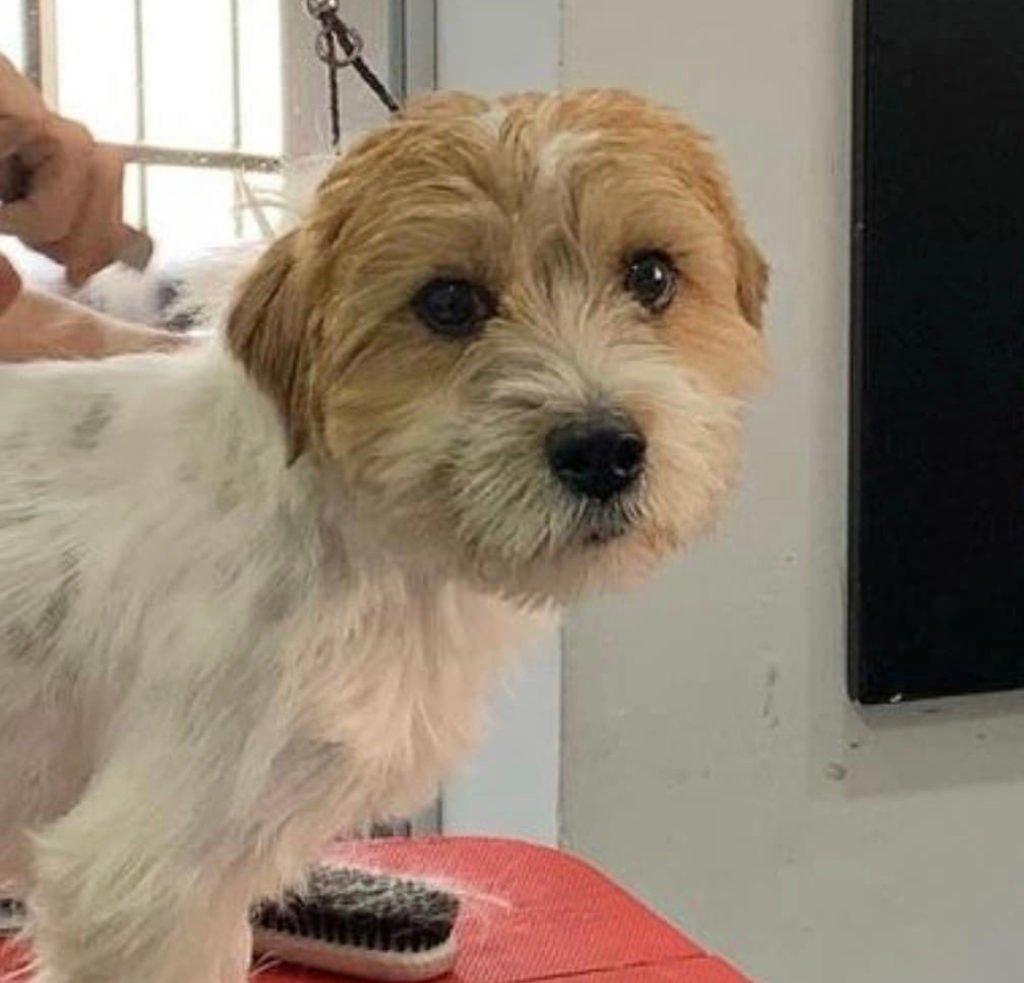

Alternative grooming methods for dogs
You may consider several dog grooming options before choosing stripping.
To keep a healthy coat, you can employ brush and comb techniques. Brushing and combing may help eliminate tangles, mats, and stray hair, keeping the coat clean and healthy.
A second option is to use clippers or scissors to shorten or lengthen the coat as desired. Scissors define and shape hair, while clippers remove surplus hair and even out coat length. This method may be at home or by a professional groomer, which is faster and causes less discomfort for the dog.
You May Also Interest: Deworming your Dog: A Comprehensive Guide
In conclusion, stripping the coat is a form of grooming done on some dog breeds to preserve their original texture and look. Although this procedure frequently yields good results, it may hurt the dog. Time and effort required to finish the treatment, as well as the cost of hiring a professional groomer. Brush and comb work, clipper and scissors work, and washing may help your dog look and smell fantastic.
